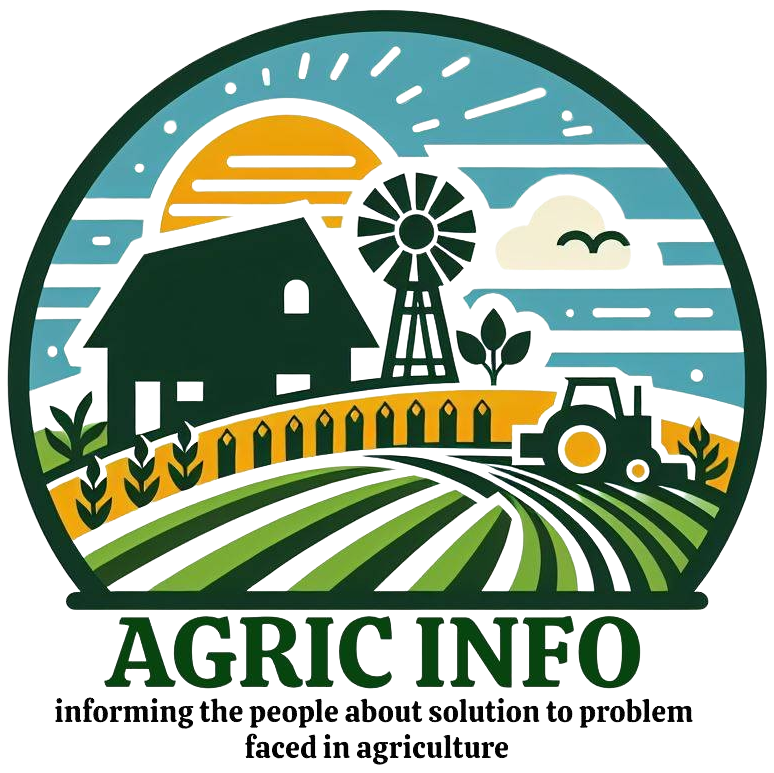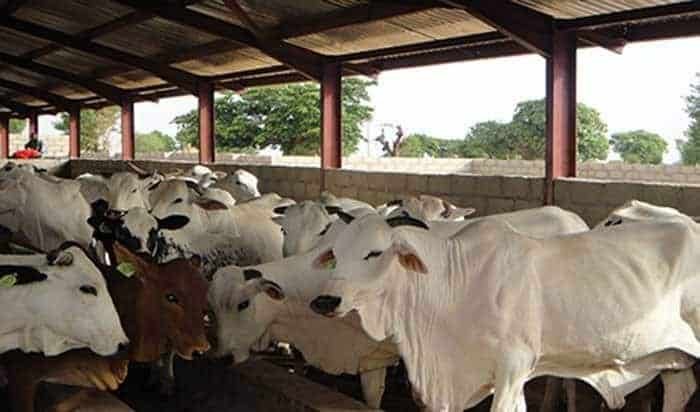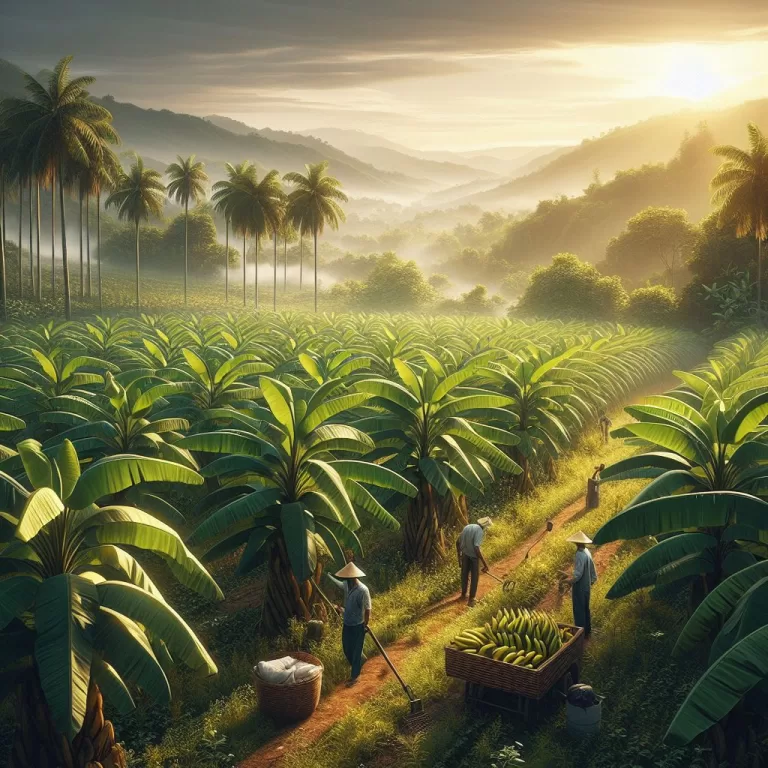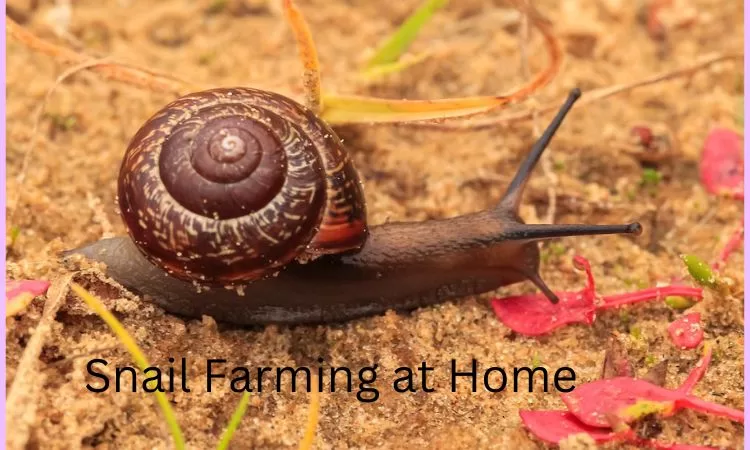Types of Ponds for Fish Farming 2024: Complete Guide for Beginners
Do you want to start fish farming and you are wondering which pond will be best for it? Check out this guide on types of fish ponds for fish farming
Fish farming, also known as aquaculture, is a popular method of cultivating fish for commercial purposes.
However, one important aspect of fish farming is the type of pond used.
Different stages of fish growth require specific types of ponds to ensure good conditions for breeding, hatching, and rearing.
In this article, we will discuss the best types of ponds for fish farming based on purpose and uses.
Keep reading
See How to Start Catfish Farming in Nigeria 2024: Expert Guide
Types of Ponds for Fish Farming Based on Purposes
1. Breeding Ponds:
Breeding ponds are specifically designed for the reproduction of healthy and sexually mature male and female fish
These ponds provide a controlled environment for fish breeding, allowing for the collection and fertilization of eggs
It helps to facilitate successful reproduction and ensures genetic diversity
However, it requires careful monitoring and maintenance to prevent overcrowding and maintain water quality.
2. Hatching Pits:
Hatching pits are used for the artificial hatching of fertilized fish eggs
These pits provide a controlled environment for the development of fish embryos, ensuring a higher survival rate
Allows for efficient monitoring and management of the hatching process
It also requires regular maintenance to prevent contamination and ensure optimal water conditions.
3. Nursery Ponds:
Nursery ponds are used to rear fish hatchlings until they reach a certain size
These Types of Ponds for Fish Farming provide a suitable environment for the growth and development of young fish, ensuring their survival
Allows for controlled feeding and monitoring, leading to faster growth rates
Requires regular water quality checks and proper feeding to prevent disease outbreaks.
4. Rearing Ponds:
Rearing ponds are used to culture baby fish (fingerlings) until they reach a marketable size
These ponds provide large space for fish to grow and develop, ensuring optimal health and size
It allows for efficient feeding and monitoring, leading to higher yields
Also, it Requires regular maintenance to prevent overcrowding and maintain water quality.
5. Stocking Ponds:
Stocking ponds, also known as culture ponds or production ponds, are used to rear fingerlings until they reach a marketable size
These Types of Ponds for Fish Farming provide a controlled environment for fish growth, ensuring optimal conditions for maximum yield
Allows for efficient feeding and monitoring, leading to higher profits
Requires regular maintenance and monitoring to prevent disease outbreaks and maintain water quality.
Types of Ponds for Fish Farming Based on Choice
1. Barrage Pond:
A barrage pond is a large, man-made pond created by constructing a dam across a river or stream.
Barrage ponds are suitable for fish farming due to their ample water supply and natural flow.
They provide a constant source of fresh water and can accommodate a large number of fish.
Construction and maintenance costs can be high
2. Earthen Pond:
An earthen pond are types of Ponds for Fish Farming created by excavating soil or clay from the ground.
Earthen ponds are versatile and can be used for various stages of fish farming, including breeding, hatching, and rearing.
They are cost-effective, easy to construct, and provide a natural habitat for fish.
They require regular maintenance, including periodic desilting and water quality management
3. Tarpaulin Pond:
A tarpaulin pond is a portable, above-ground pond made of reinforced PVC or polyethylene material.
Tarpaulin ponds are suitable for small-scale fish farming or temporary setups.
They are easy to set up, require minimal space, and can be relocated if needed.
Limited capacity, vulnerability to punctures, and the need for regular monitoring and maintenance
4. Nursery Ponds:
Nursery ponds are specifically designed for the growth and development of fish fry.
These ponds are used to rear fish from the hatching stage to the fingerling stage.
They provide a controlled environment for optimal growth and survival of young fish.
Requires careful monitoring of water quality and feeding practices
5. Holding Ponds:
Holding ponds are used to temporarily house fish before they are transported or sold.
These Types of Ponds for Fish Farming are essential for managing fish stocks and facilitating harvesting.
They allow for easy sorting, grading, and counting of fish.
Requires regular water quality monitoring and proper handling to prevent stress or disease
6. Breeding Ponds:
Breeding ponds are specifically designed for fish reproduction and egg fertilization.
These ponds are used to facilitate the natural breeding process of fish.
They provide a suitable environment for fish to spawn and ensure successful reproduction.
Requires careful selection of breeding pairs and monitoring of spawning activities
7. Diversion Pond:
A diversion pond is created by diverting water from a natural water source into a designated area.
Diversion ponds are used to control water flow and provide a stable environment for fish farming.
They allow for efficient water management and can be used in areas with limited water resources.
Requires proper design and maintenance to prevent flooding or water shortage
8. Tanks:
Tanks are artificial structures used for fish farming, typically made of concrete or fiberglass.
Tanks are suitable for intensive fish farming and can be used for various stages of fish growth.
These Types of Ponds for Fish Farming provide a controlled environment, easy monitoring, and efficient space utilization.
High initial investment, limited capacity, and the need for advanced filtration and aeration systems
What is the Best Size for Fish Ponds?
The size of a fish pond depends on various factors, including the type of fish, intended production volume, available land, and water resources.
Generally, larger ponds offer better economies of scale and can accommodate more fish.
However, it is important to consider factors such as water quality, oxygenation, and stocking density to ensure optimal fish health and growth.
Also, you can consult with aquaculture experts or fisheries professionals to help determine the ideal size for your specific fish farming needs.
Read also How to Start Fish Farming on a Small Scale
Wrap-Up on Types of Ponds for Fish Farming
Choosing the right types of ponds for fish farming is important for the success of your aquaculture venture since each type of pond has its own uses, benefits, and drawbacks.
However, you have to consider factors such as water availability, space, budget, and the specific requirements of your fish species.
We hope this guide has provided you with valuable insights Types of Ponds for Fish Farming
If you have any further questions or need additional guidance, feel free to leave a comment below or consult with experienced fish farmers in your area.
Thank you for reading.








